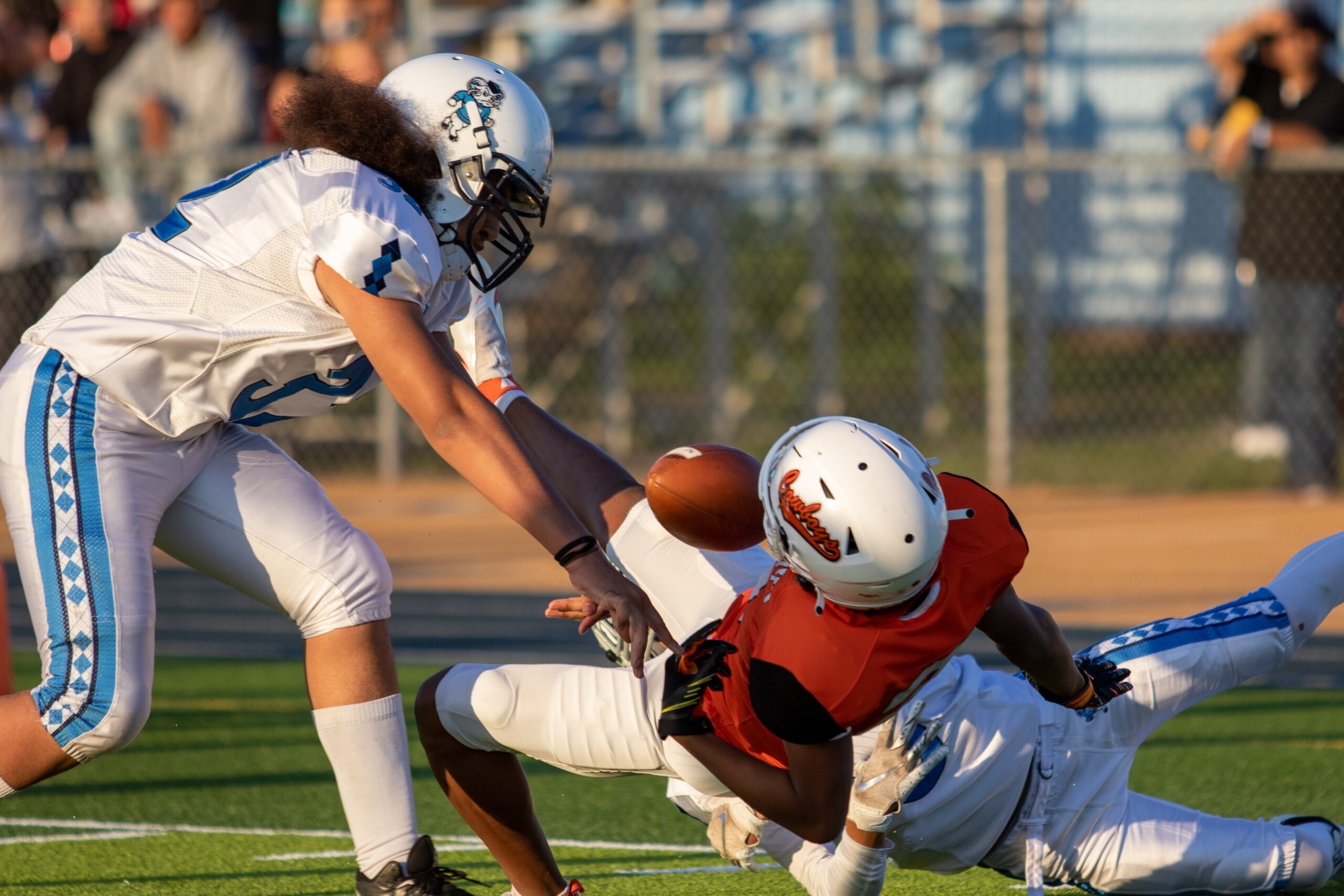In football, the rover is a defensive position that combines the responsibilities of a safety and a linebacker.
This versatile player is typically used as a fifth defensive back, replacing the nickel corner. The position is particularly valuable in the NFL, given the increasing importance of passing and the prevalence of multiple-receiver sets.
As a defensive player, the primary function of a rover is to provide constant coverage on the opposing team’s best offensive performers or specific areas of the field.
Their size and athleticism enable them to match up against receivers, tight ends, and running backs in pass coverage—all while contributing effectively to stopping the run game.
In addition to pass coverage and run support, these players can also be deployed as a blitzer in certain defensive schemes.
Utilizing the rover’s exceptional athletic ability allows the defense to create confusion for the opposing offense regarding where the pressure might come.
Overall, the role of a rover in football is to provide flexibility to the defense, allowing them to adapt to various offensive formations and personnel groupings.
By employing a rover, the defensive coordinator can ensure a swift and appropriate response to any offensive strategy, making this position an invaluable asset within the game.
Contents
Rover in Different Levels of Football
Rover in High School Football
In high school football, the Rover is typically a player who measures around 5’10” and weighs between 170 to 200 pounds.
This player can run a 4.9 forty, which is fairly common at the high school level. The main responsibility of a Rover in this stage of the game is to provide coverage and contribute to stopping the run.
With the popularity of wide-open, pass-happy offenses, defenses often require five defensive backs, making the 4-2-5 and 3-3-5 defenses common choices at the high school level.
Rover in College Football
At the college football level, the role of the Rover becomes more specialized. The athletes playing this position are typically bigger and faster than their high school counterparts.
Similar to high school football, the Rover remains responsible for providing coverage and supporting the run game in college.
However, the Rover may also be used more strategically to counter specific offensive threats from the opposing team. They must have the ability to cover both the run and pass, making them valuable assets on the field.
Rover in NFL
In the NFL, the Rover position adapts to an even higher level of competition. These athletes must possess exceptional size, speed, and athleticism to be effective in their role.
The NFL Rover’s responsibilities include covering the opposing team’s best player or a designated area of the field. Their main priorities include constant coverage and assisting in stopping the run.
The Rover’s versatility allows them to switch between the roles of a safety and a linebacker, making them an essential part of the team’s defense strategy.
Physical Attributes and Skills of a Rover
A rover in football is a highly versatile player who combines the physical attributes and skills of both a safety and a linebacker. To understand the physical requirements and skills of a rover, let us look into the essential aspects of their role.
Speed: A rover must possess enough speed to cover various skill positions on the field, including running backs, tight ends, and slot receivers.
The ability to quickly close distances enables them to be effective at intercepting passes, closing down running lanes, and keeping up with fast-paced plays.
Strength: Rovers should also have the necessary strength to perform their defensive duties. Their involvement in stopping the run game and handling larger opponents, like offensive linemen or tight ends, requires physicality and power.
This combination of strength and speed sets them apart from other defensive positions, making them a key asset to a team’s defensive strategy.
Versatility: The rover position is designed to adapt to various situations during a game, making versatility a critical attribute.
Their role on the field can range from providing coverage on the opposing team’s key players to filling gaps in the defensive line against runs. The ability to excel at different tasks allows rovers to contribute significantly to their team’s overall defensive success.
Skills: Rovers, much like other defensive positions in football, require a diverse set of skills. Some of these skills include:
- Tackling: A rover should be proficient in tackling, both to stop the run and to limit the gains from short passes.
- Coverage: Possessing strong coverage skills is vital for a rover, as they may be assigned to cover the opposing team’s best player, tight ends, or slot receivers.
- Reading plays: Anticipating the opponent’s next move and reacting accordingly is an essential skill for a rover, which helps them to be in the right position to make plays.
In conclusion, the rover position in football demands a unique combination of physical attributes and skills.
The ideal candidate for this role is a player who is fast enough to cover skill positions, strong enough to contribute to the run game, adaptable to various roles, and possesses the necessary skills to excel in their defensive assignments. With such attributes, rovers can significantly impact the game and contribute to their team’s success.

